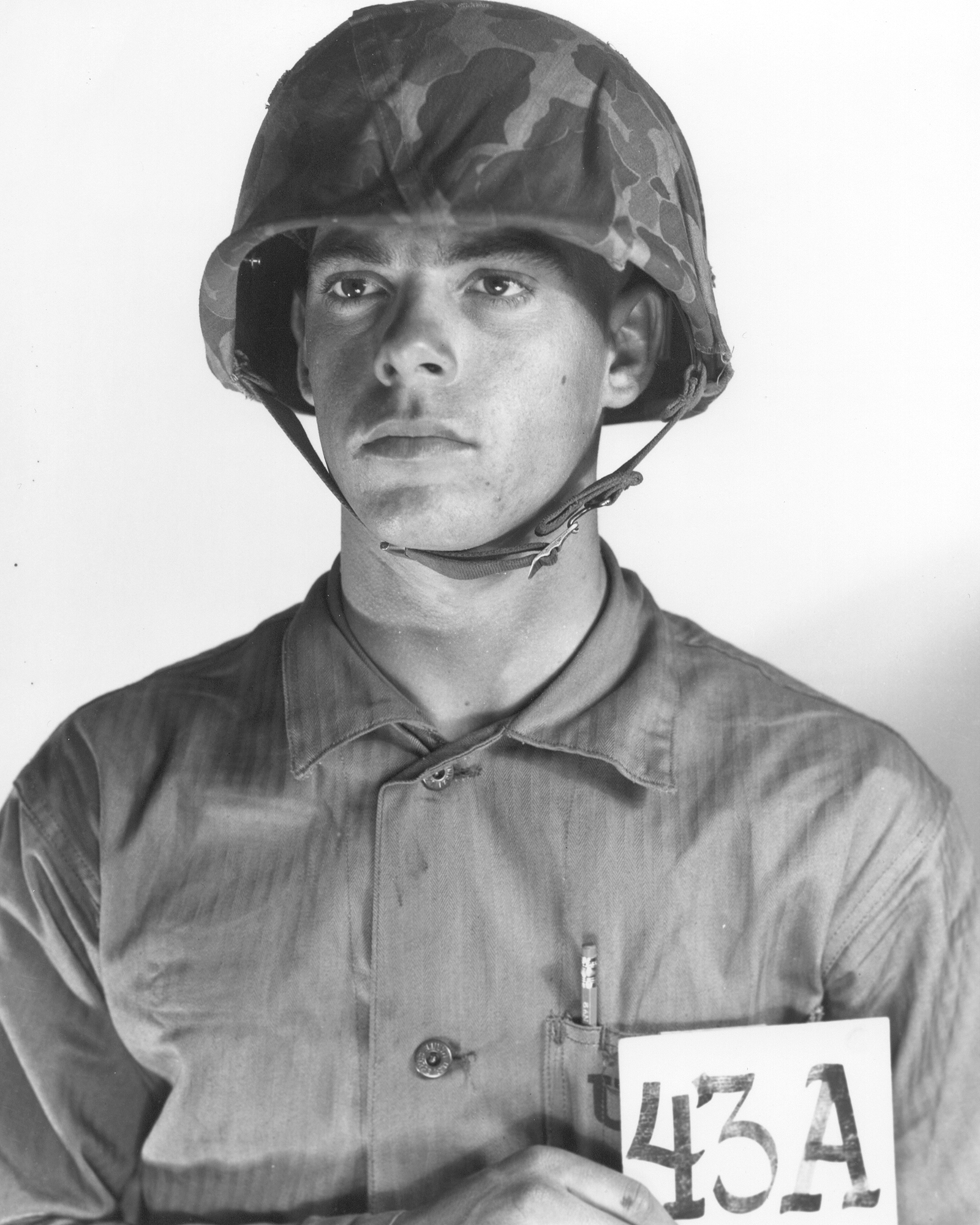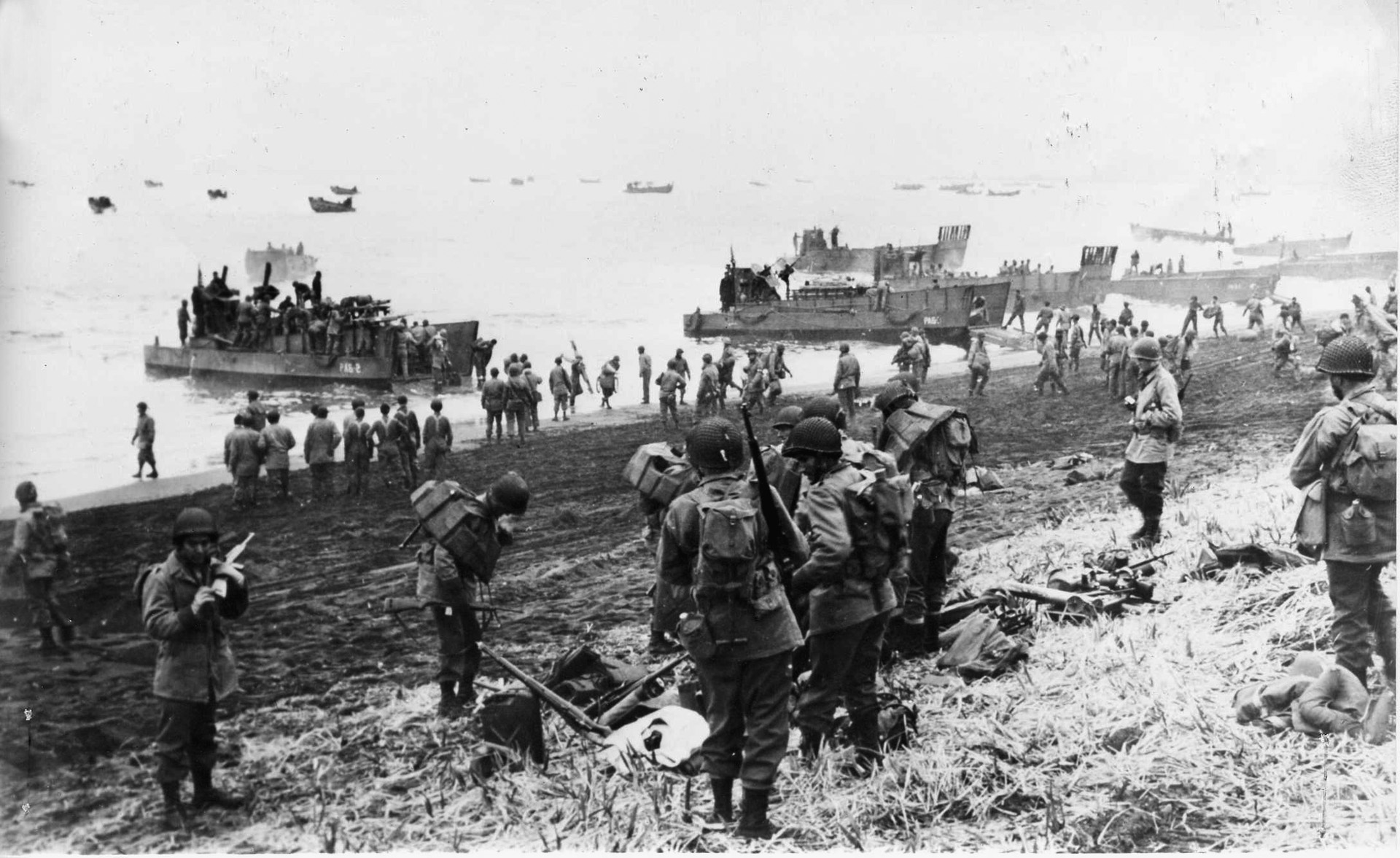The Revolutionary War marked a significant turning point in the history of the United States, as it led to the birth of a new nation. While there are countless stories of courage and cowardice, successes and sacrifices, we often forget that not all soldier’s battles ended on the field of combat. With that idea in mind, we owe those who first fought for American freedom by exploring the plight of POWs after the Revolutionary War, from the conditions they suffered to the securing of their release.
Conditions and Treatment
Remember that for all of our modern concepts of warfare, including the Geneva Convention and current attitudes towards the treatment of prisoners, very little of those principles applied in the late 18th century. Combine that fact with the British being invaders on foreign soil, and the lack of development and resources for war on the new continent, and it provides a bleak picture. Captives held by both sides faced unsanitary conditions, cramped and often improvised containment, malnutrition, diseases that were only exacerbated by the close proximity and squalor.
As for treatment, accounts vary considerably. More honorable commanders held that civil treatment of prisoners was the only appropriate course, as well as the only way to expect that their comrades held in captivity would receive the same. Unfortunately that was the exception, not the rule. More frequently beatings, withholding of food, and torture were commonplace and brutal. Of the estimated 20,000 POWs held, approximately 8,500 died in captivity.
Prisoner Exchanges
Despite the challenges of being in active conflict with 1770’s technology and attitudes, efforts were continually made to exchange prisoners between combatants. Negotiations between the American and British forces resulted in the Cartel of 1776, a system established for the exchange of prisoners. This agreement was signed in Nova Scotia by both sides, and loosely resembled what we now consider the standard articles of the Geneva Convention as it pertains to the release of both combatants and non combatant personnel. However, the exchange process was slow and complex, and between the bureaucracy and the disposition of their captors, not all prisoners were fortunate enough to be released through this method.
Loyalist Prisoners
In addition to soldiers captured during the war, there were also the loyalists. Regardless of combatant status, many of the loyalists found themselves imprisoned after the war due to the hostility and persecution from their former compatriots. Serving the Crown while their neighbors fought for freedom, there was a dim view held of even those who managed to remain free. In addition to imprisonment, their property was confiscated by the new government, and their rights all but entirely stripped away. The plight of loyalist prisoners was a complex issue to be sure, and tested the American commitment to justice. Some, but not all, eventually were released.
Prisoner Rehabilitation
Just as it is today, the process of returning released POWs to their communities was a challenge. Even transporting them home over the distances between there and where they were held often stymied the government’s efforts. Prisoners returned home to find their communities changed, their families altered, and their prospects diminished. In some locations their homes were completely destroyed, and their families missing or dead. Attempts were made at that time to aid these veterans, but the new government struggled with acquiring and distributing resources, maintaining veteran records, and handling the medical treatment of the physical and psychological scars they carried. Consider that until the 20th century, pouring sugar into wounds was considered proper combat casualty care.
Legacy and Remembrance
The plight of POWs after the Revolutionary War serves as a reminder of the sacrifices made by countless individuals in the pursuit of freedom and independence. It reminds us that all of those who served and sacrificed for the independence of a new nation are the bones upon which the shining city on the hill was built, and those sacrifices deserve to be remembered, for their own sake and so that we never become complacent to the price of freedom.
The Revolutionary War brought about immense changes and challenges, not only for the soldiers who fought on the battlefield but also for those prisoners of war who endured captivity during and after. For all the reasons above, and many more we who have not experienced that horror could never know, the lessons of history must be remembered.
By recognizing and attempting to understand their experiences, we also gain a deeper appreciation for the sacrifices made and the resilience displayed by those who fought for our liberty and independence.



%201.svg)









